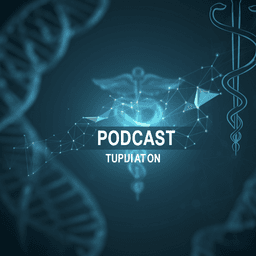
Linguistics and Languages
Specific disruption of the ventral anterior temporo-frontal network reveals key implications for language comprehension and cognition
E. Kourtidou, D. Kasselimis, et al.
This fascinating study by Evie Kourtidou and colleagues delves into the anterior lateral temporal cortex's critical role in language processing through a unique case study, revealing unexpected insights about lexico-semantic access and fluency in speech. The findings emphasize the significance of the ventral language stream within cognitive functions.
Playback language: English
Related Publications
Explore these studies to deepen your understanding of the subject.







